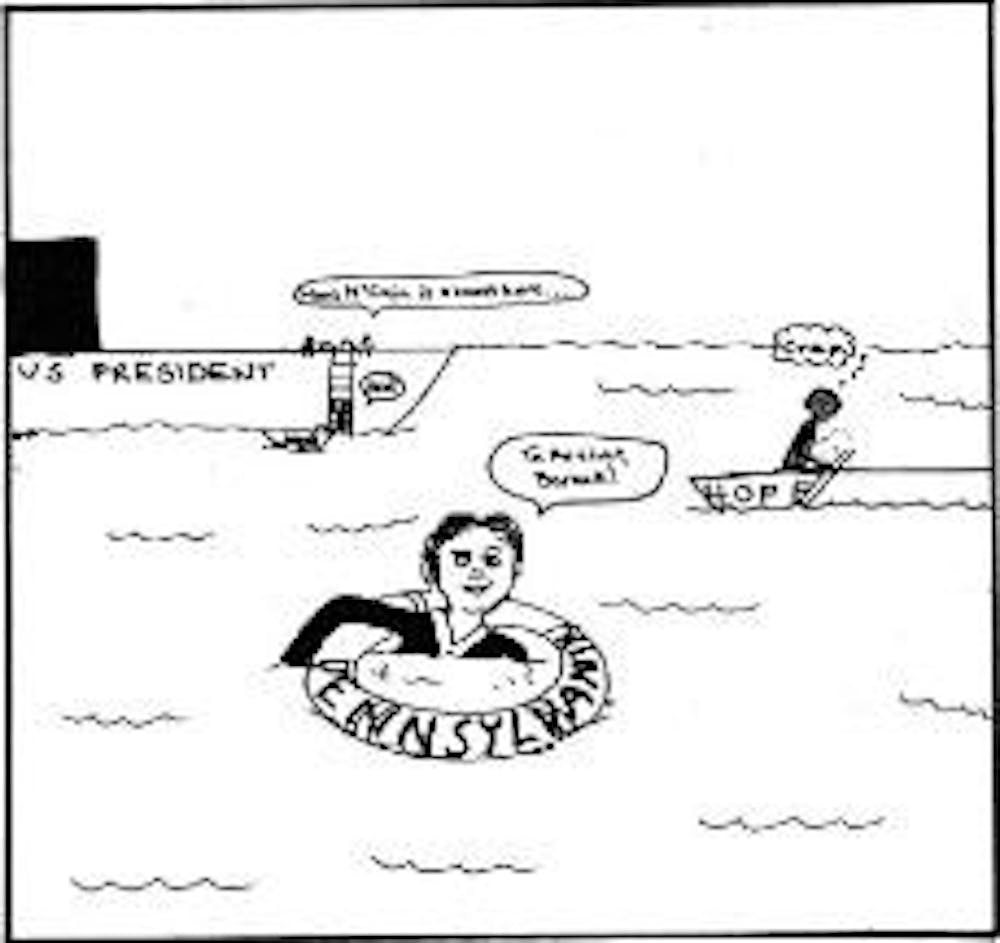
Yale University has received national coverage after Aliza Shvarts, an art student, attempted to display her controversial work. She intended for the project to draw attention to the ambiguity of form and function of a woman's body, by allegedly artificially inseminating herself and taking medication to induce miscarriages. Shvarts then reported that she used her own blood for the project and videotaped herself undergoing the miscarriages. These reports have not been confirmed at this point, although authorities who tested the blood claim it is inconclusive that it is her blood. Shvarts is now under investigation by Yale University. While Shvarts asserts that her art project was to engage students in debate and discourse over the relationship between the human anatomy and art, her project has failed to ignite intellectual discussion and instead has created a national controversy, which overlooks her original goals.
Art has the power to initiate dialogue, especially in a college atmosphere when diverse and creative expression is central to the liberal arts experience. Accordingly, while Shvarts' artistic display attempted to elicit a wide array of responses, it has only gained criticism due to its shock factor. Her work would have included a visual representation of a cube lined with plastic sheets and a blood and petroleum jelly mixture between the layers. She would then show the film of her induced miscarriages on the cube.
While students should have the freedom to express views without fear of censorship, there needs to be accountability in planning installation art pieces. In Shvarts' situation, her artwork gained negative publicity for Yale, triggering discussions over the ethics of artwork, overshadowing her intended goal of initiating lively debate over the progression of the human body. The university is taking the correct steps to investigate Shvarts' claims and postpone her display until the controversy behind how it was created is settled. It hasn't been too long since Miami University underwent public criticism after an art display involving nooses provoked strong emotion from students. The university's and art department's review of procedures surrounding the Miami art display were appropriate measures that Yale could look to for dealing with such a situation.
While Shvarts' initial goal of trying to facilitate debate remains respectable, it resulted in a shock factor effect that did little to reach her objective. Instead, it created a national headache for Yale who has to initiate an investigation and potentially face negative consequences in terms of its reputation and admissions numbers. Student artwork should aim to uphold a mutual respect between its participants and its universities to avert a potential and unnecessary crisis, and there should be procedures in place to ensure this is a possibility.




